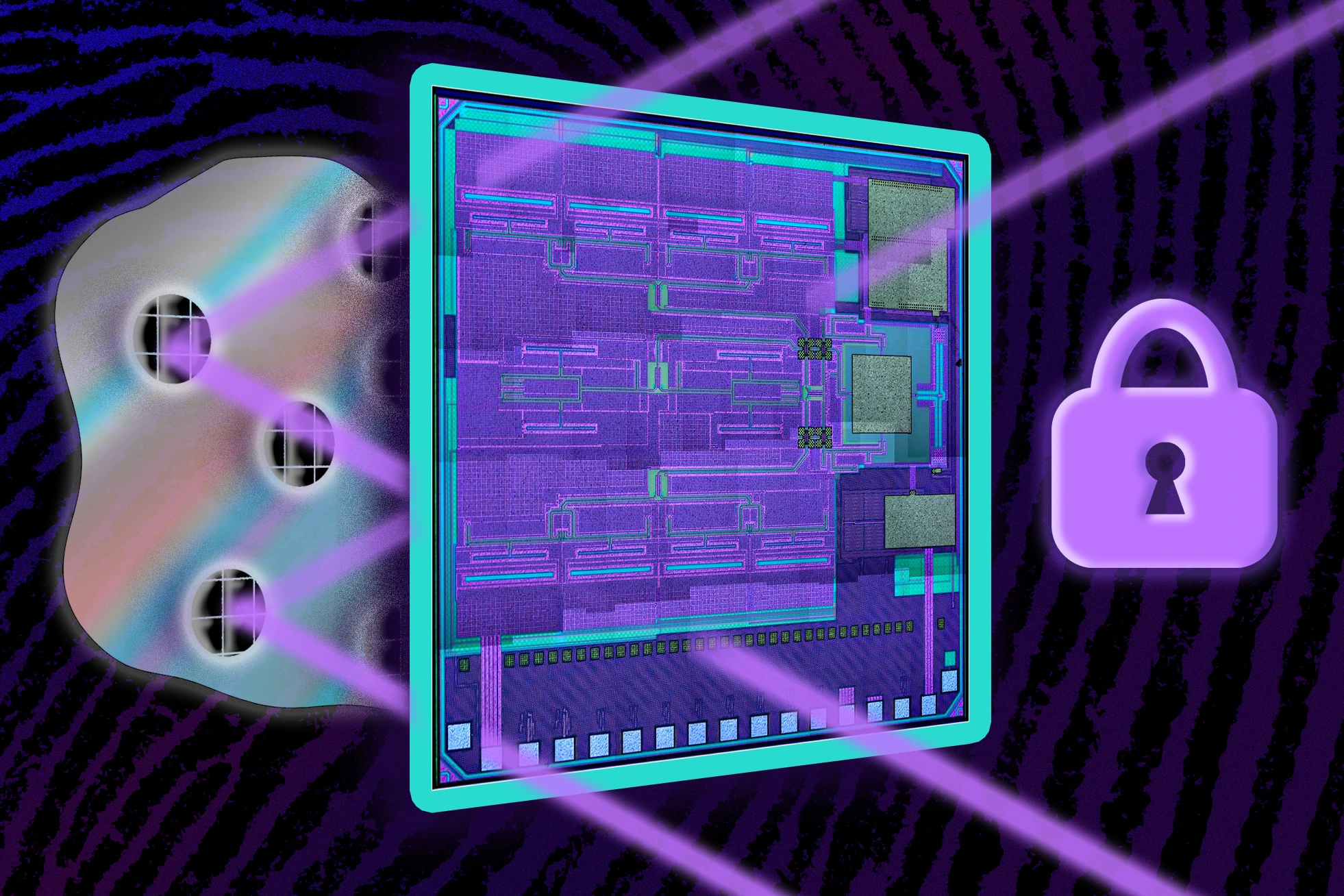- cross-posted to:
- hackernews@lemmy.smeargle.fans
- cross-posted to:
- hackernews@lemmy.smeargle.fans
TL;DR MIT researchers have developed an antitampering ID tag that is tiny, cheap, and secure. It is several times smaller and significantly cheaper than the traditional radio frequency tags that are used to verify product authenticity. The tags use glue containing microscopic metal particles. This glue forms unique patterns that can be detected using terahertz waves. The system uses AI to compare glue patterns and calculate their similarity. The tags could be used to authenticate items too small for traditional RFIDs.



Oh shit, it uses AI?!? Not just regular code? I’m in.
Still waiting to hear how blockchain factors in
The glue “patterns” are actually NFT apes
It uses dynamically cloudified functionalized AI models using an Agile setup.
Just from this comment alone my net worth has already skyrocketed to $2 Trillion.
Hey everyone this guy sounds smart, let’s make him a CEO
He lost me so I’m all in.
I’m more concerned with what Ja Rule thinks about this.
AI doesn’t seem necessary for comparing glue patterns
Not only is it unnecessary, it’s not happening! ;)
You’d have to read the article to know what they’re getting at.
The use case provided was for businesses like a car wash that puts a sticker on a car windshield. The ML model would be able to detect if the customer attempted to transfer the sticker from one car to another.
A pretrained ML model to detect this is actually a very good use case.
However, I think the implimentation of this as an “anti-tampering detector” is a dangerous route to tread since there are other factors that need to be considered.
Before LLM’s, people would call if/else blocks AI.
No, it uses quantum-computed blockchain hashes in order to contact the OpenAI servers to retrieve a decentralized, encrypted language model
I think my eyes just threw up from having to read that.